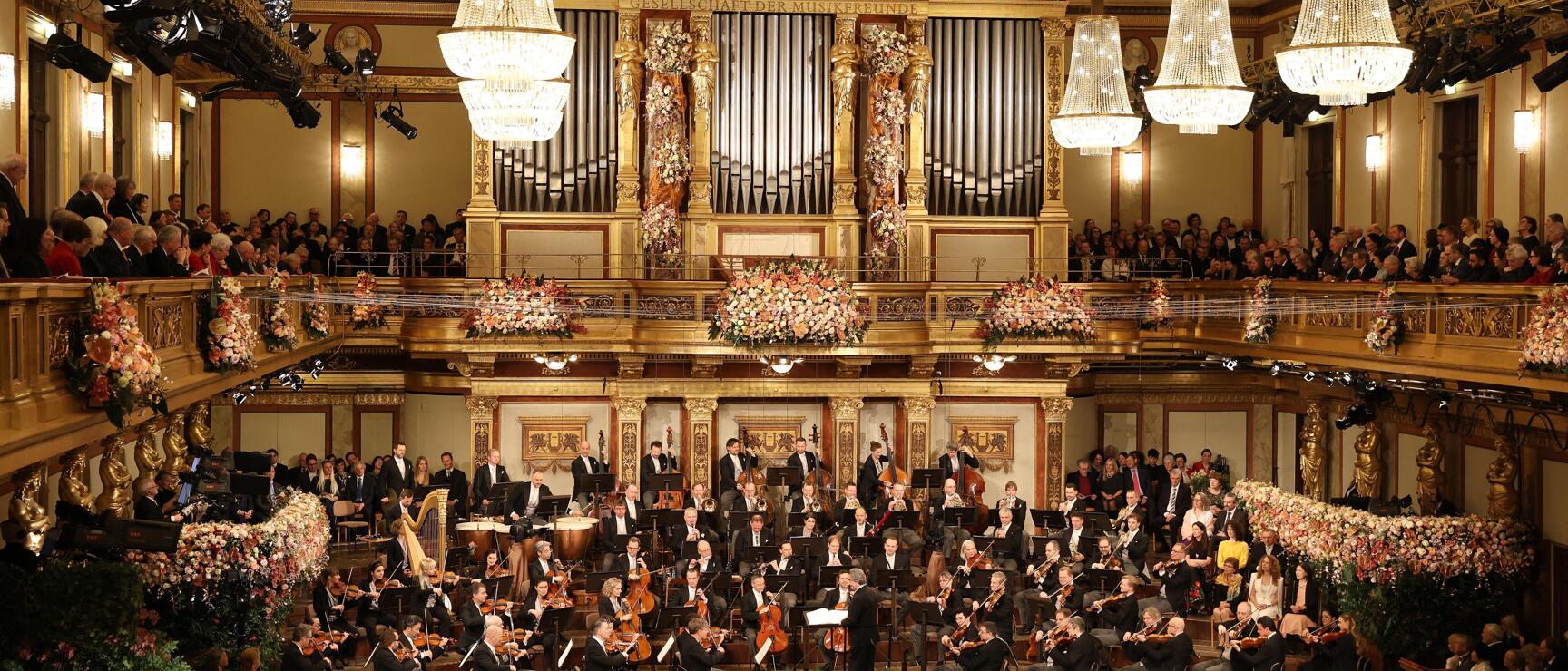
The Radetzky March
The world-famous composition by Johann Strauss I: A rhythm you just can’t resist
Austria and the Radetzky March share a truly special bond. Composed in the revolutionary year of 1848, Johann Strauss I's most famous piece has long held the status of an unofficial anthem.
Waltz king and marketing genius
Johann Strauss I, composer of the Radetzky March
Johann Strauss I was born on 14 March 1804 in Vienna, as the son of a brewery owner. From a young age, he was drawn to music—especially admiring the "Linzer Geiger," travelling musicians who performed along the banks of the Danube. In 1823, he joined the ensemble of Joseph Lanner and, by 1827, had founded his own group, with which he helped shape the now world-renowned Viennese Waltz.
Through innovative marketing strategies and grand events—such as those at the famous Viennese venue "Zum Sperl"—he achieved enormous popularity. Strauss toured England and France and left behind a legacy of over 250 compositions. His most famous work remains the Radetzky March, beloved to this day.
The man behind the march
Field Marshal Radetzky
Field Marshal Josef Wenzel Radetzky von Radetz was already 81 years old when, on 25 July 1848, he defeated the Sardinian army in the Battle of Custoza. His victory did more than just secure Austrian power in Northern Italy; it bolstered the conservative forces in Vienna, which had been struggling with uprisings since the March Revolution of 1848 and were resistant to liberal reforms.
Radetzky's triumph was celebrated with great fanfare. On 31 August 1848, a grand festival was held at Vienna’s Wasserglacis, where Johann Strauss I was commissioned to contribute a composition. Strauss made his loyalties clear by siding with the emperor’s supporters—a stark contrast to his son, Johann Strauss II, who sympathised with the revolutionaries.
Did you know that ..
The legacy of the New Year's Concert
The Vienna Philharmonic and "their" Radetzky March
The Radetzky March made its debut at the now world-famous Vienna Philharmonic New Year’s Concert on 1 January 1946. The piece performed was an arrangement by Leopold Weninger from 1914, which had also been used for the Philharmonic’s first performance of the march in 1928.
Since then, the Radetzky March has become an indispensable encore at the annual concert. Over the years, however, it has undergone several handwritten modifications, meaning the original arrangement is no longer performed. In 2019, the Vienna Philharmonic’s board decided to create an official new edition, which is now used in the concert.